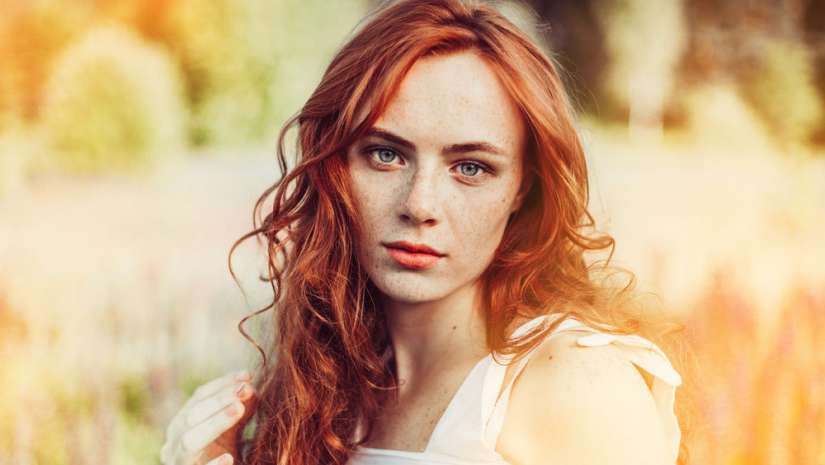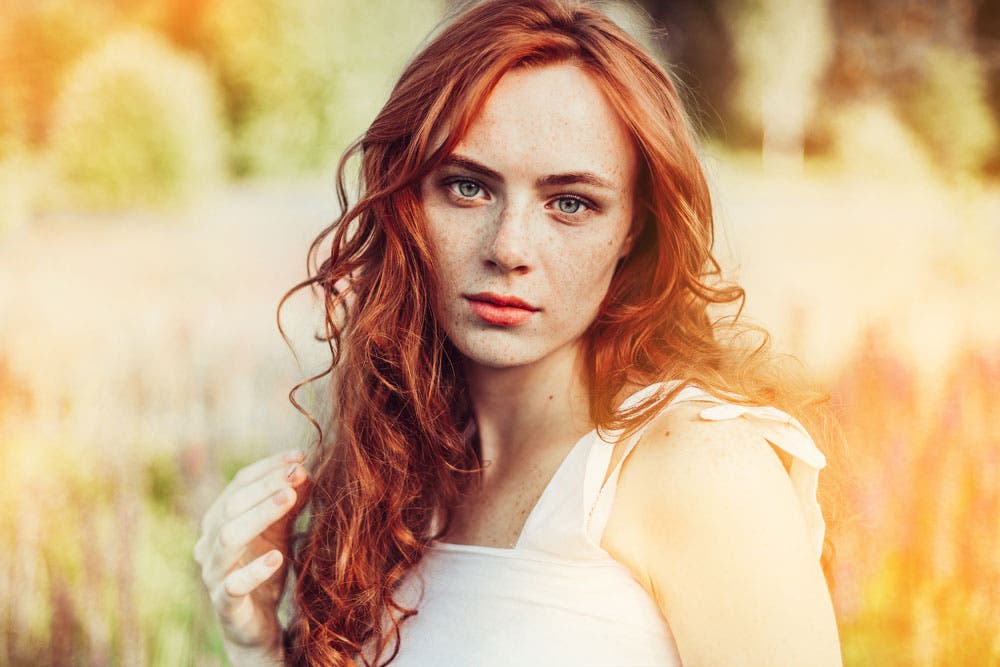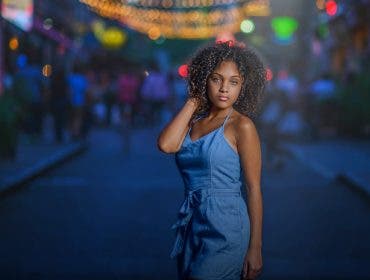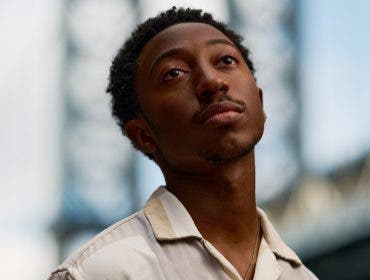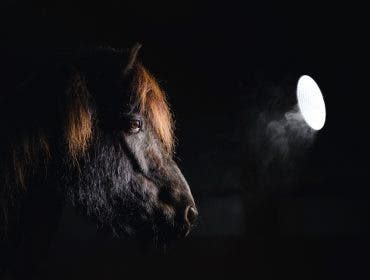Ever wondered why the most simple of portraits shot by professional photographers are always more stunning than your own? As it turns out, portrait photography is beyond just knowing how to take pictures of people. A lot goes into capturing a stunning portrait that captures your viewer’s attention and evokes the emotions and feelings you want to convey.
Portraits are more than just pictures of people; they capture a subject’s emotion and a viewer’s attention. An especially powerful portrait can stop someone in their tracks, and can grab the viewer and relay the emotion of the shoot. That’s what makes portrait photography one of the most commanding styles of photography, to this day.
But don’t worry—it’s actually pretty simple. We’ve come up with a list of our top portrait photography tips for beginners to give you a clearer idea of what really makes a good portrait, even without the need to attend a basic photography workshop or purchase expensive gear.
What is Portrait Photography?
Portrait photography is a type of photography that has as a subject matter one or more persons. Most of the time, the subject is aware of the camera and sits in a pre-established position. However, portraits can be candid photographs as well.
Portrait photography has its roots in art. Many artists were commissioned to paint the portraits of royalties and important people, wearing their best clothes and surrounded by their favorite objects. Photography made portraits accessible to everyone and transformed them into a way of documenting people’s life, from birth to death.
For a portrait, the person may be photographed sitting, standing, or doing an activity. The composition may include just the head and shoulders, the upper half of the body, or the entire body.
Portrait photography tips: How to take good portraits
If you already have the equipment you need, such as a DSLR or mirrorless camera, and at least one of the best portrait lenses for your specific camera model, then it’s all a matter of taking some pictures. But first, here are our top photography tips for portraiture:
- Get to know your subject
- Scout your location
- Know your camera
- Keep samples
- Mind the eyes
- Evoke genuine expression
- Change angles
- Use props
- Shoot in RAW and B&W
- Use contrast to draw the viewer in
- Get in close
- K.I.S.S.
- Fill in the frame
- Embrace shadows
- Invest in a good camera
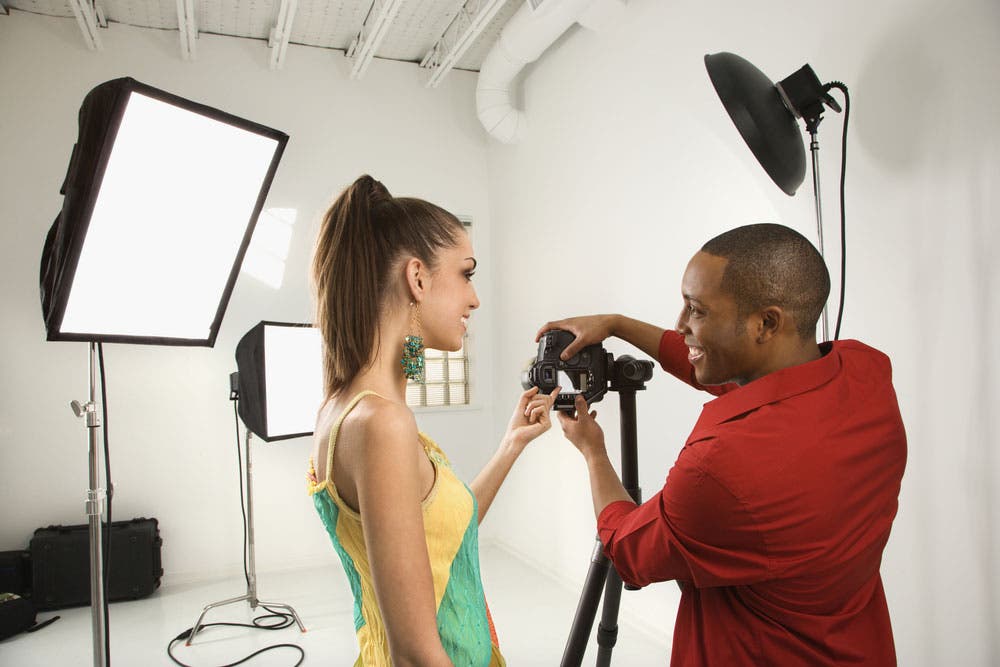
1. Get to know your subject
Whether you have the freedom to direct what your model should look like or not, it’s important that you take the time to connect with your subject. If possible, meet up with them at least once before your photo session to help set both of your expectations for the shoot. This is the time that your aspiring models will tell you their desired output, or you can let them know the kind of output you’d like.
This initial meeting will also help you decide whether or not your ideas will work, as this will depend on your model’s physical appearance and abilities. More importantly, it makes you more comfortable with each other—an important factor for a successful portrait photography session.
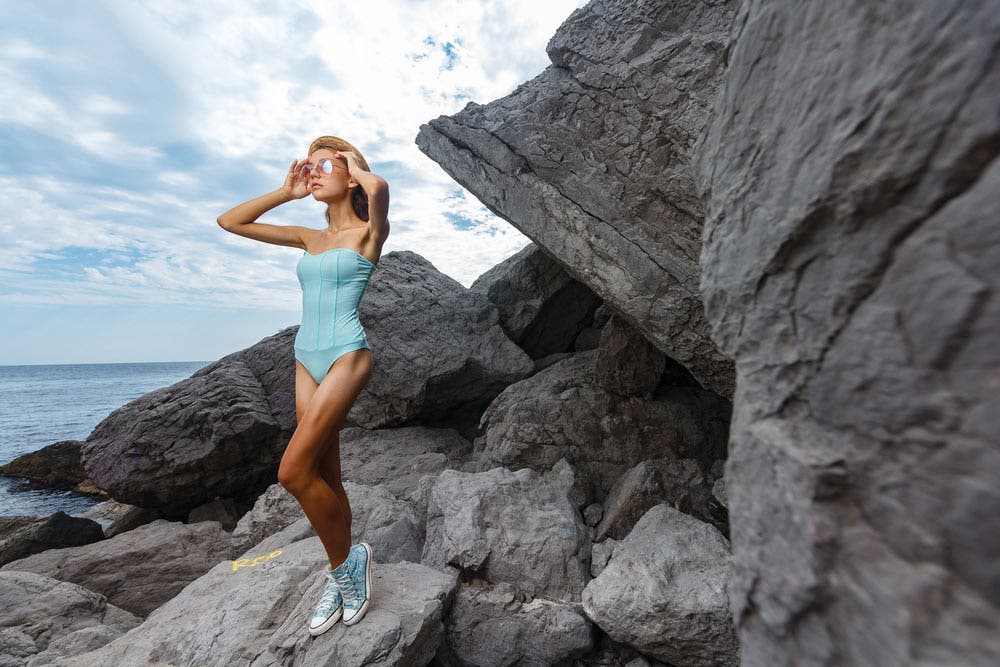
2. Scout your location
Needless to say, the results of your session always depend on your environment and lighting situation. If you’re planning on shooting outdoors, consider weather and lighting changes that expect your lighting to change as the sun changes its position. The best time to shoot outdoors is in the morning and late afternoon when sunlight is diffused. Golden hour, especially, can make for gorgeous lighting and shots. Direct sunlight produces harsh shadows and will cause your subject to squint their eyes in bright sunlight.
It’s always more controlled when you shoot indoors, but then studio photography requires a bit of know-how especially when dealing with lighting equipment.
Although your images can be fixed with post-processing, planning around your shooting situation and preparing yourself for what can happen helps save you precious time later on.
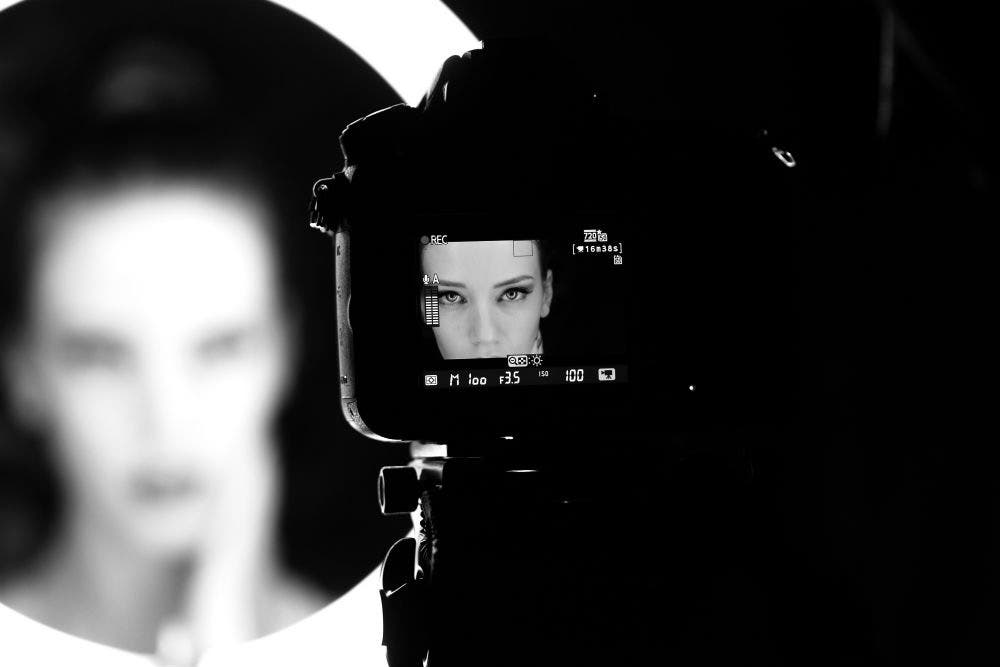
3. Know your camera
The old photographer’s saying goes, the best camera is the one that you have. Practically any kind of camera nowadays can capture spectacular portraits. What truly matters is that you know how to use it and utilize its benefits in order to bring out the best in your subject and setting.
Camera phones are usually limited in terms of exposure, aperture, and speed control, but many can usually deliver very sharp shots. Mirrorless, DSLR, and film cameras are the best choices for both beginners and more serious photographers as they allow creative liberty and deliver higher resolution images that are detailed enough for prints. Nowadays, even action cameras are being used to capture more playful, in-action, and wide-angled portraits. Whatever your ideal output is, it’s easy to find the right type of camera for you. And once you do, it’s your responsibility as a shooter to figure out the camera settings that work for you.
What are the best camera settings for portraits? There’s no specific answer, because different situations call for different settings.

4. Keep samples
One of our favorite portrait photography tips is to have pegs printed out or saved on your phone to remind you of your desired output. Another plus is that you can show it to your model so he or she has a better idea of how you want them to pose. Of course, you should always be realistic when it comes to your ideal results. It’s best to stick with simple portraits with natural lighting, at least for your first few portrait photography sessions, than with highly-edited shots and complicated lighting.
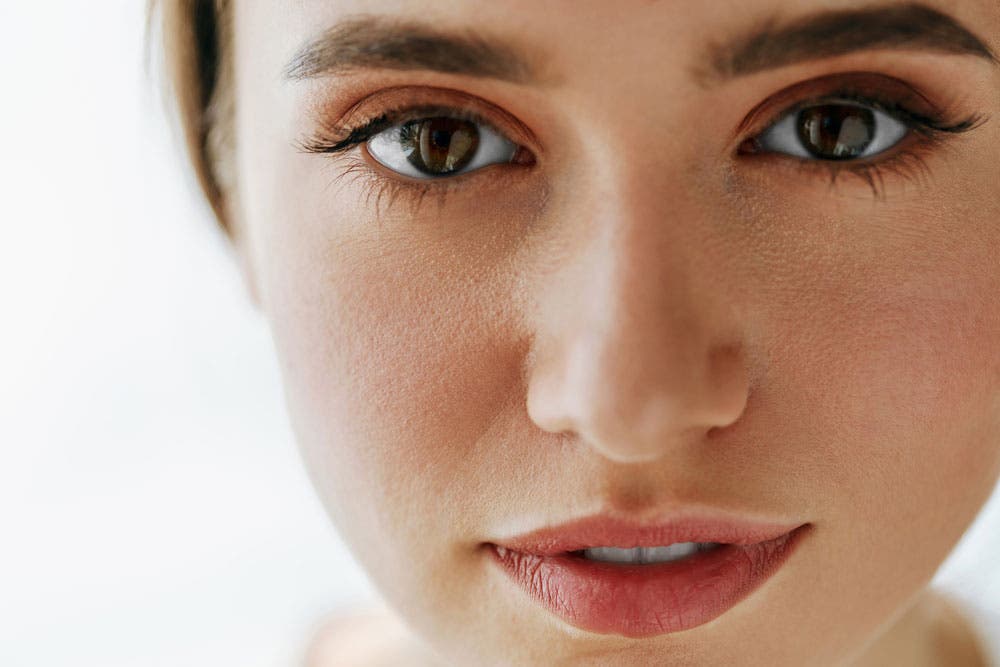
5. Mind the eyes
This is perhaps one of the most important—and overlooked—portrait photography tips for beginners. The eyes are said to be the “windows to the soul,” and any portrait can lose its life when the eyes are either hidden or too dark.
To take the most stunning close up portraits, you’ll want to place emphasis on the eyes. This means making sure that the eyes are sharp and have a good amount of light reflecting on them. If possible, manually place your autofocus (AF) point on the eyes to make sure that it’s sharp even when you’re using a more shallow depth of field. You can always brighten and edit eyes more in Photoshop, but you want to make sure the images you’re capturing in-camera are also high quality.
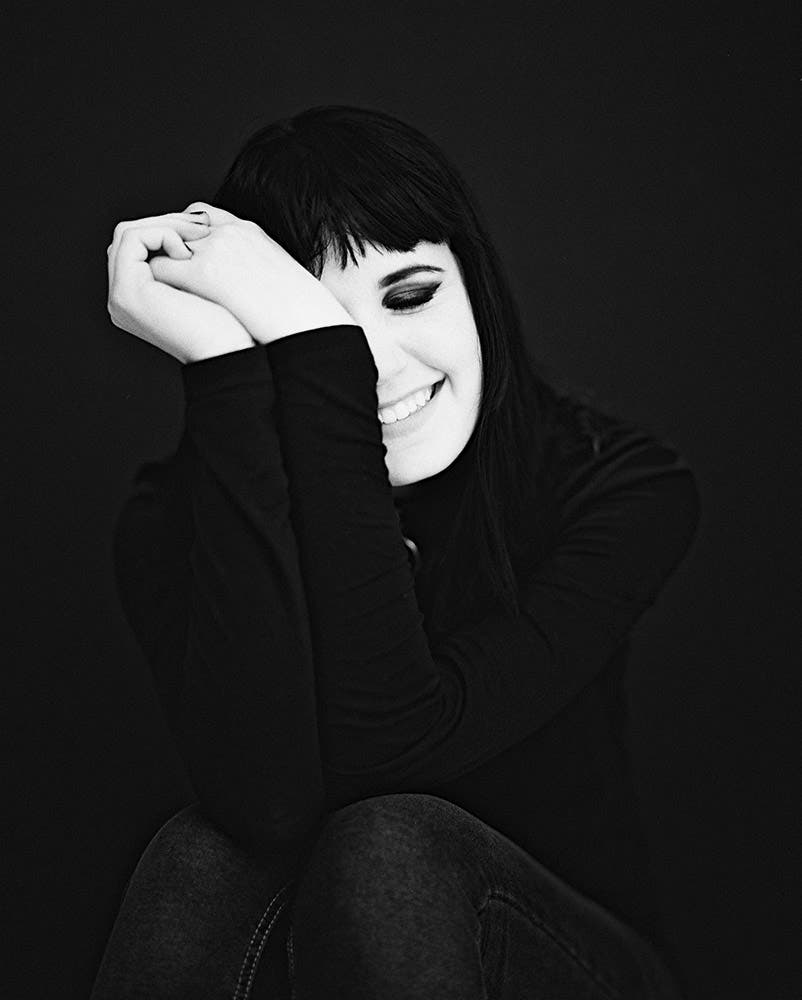
6. Evoke genuine expression
In a world of selfies and “perfect images,” let your portraits glimpse the person below the facade they show on social media, even if just for a few frames. Those are the true photos that’ll capture a viewer’s attention.

7. Change angles
Once you’ve learned how to take good portraits, you may want to play it up a bit to add personality and a storytelling aspect to your photos. It’s advisable to get on your subject’s level, especially if they’re small children and you’re shooting family portrait sessions. Seeing your subjects eye to eye is the best way to give your images a more personal feel. Consider moving in close and shooting from a different angle if you wish to focus on other features, such as the lips, ears, and nose.
A seemingly silly but effective technique of achieving a more realistic perspective of your subject is using focal lengths of 50mm (like a nifty fifty lens) and zooming with your feet (than with your lens) until the subject’s face fills the frame. This technique is used by professional photographers in order for facial elements to look flattering.
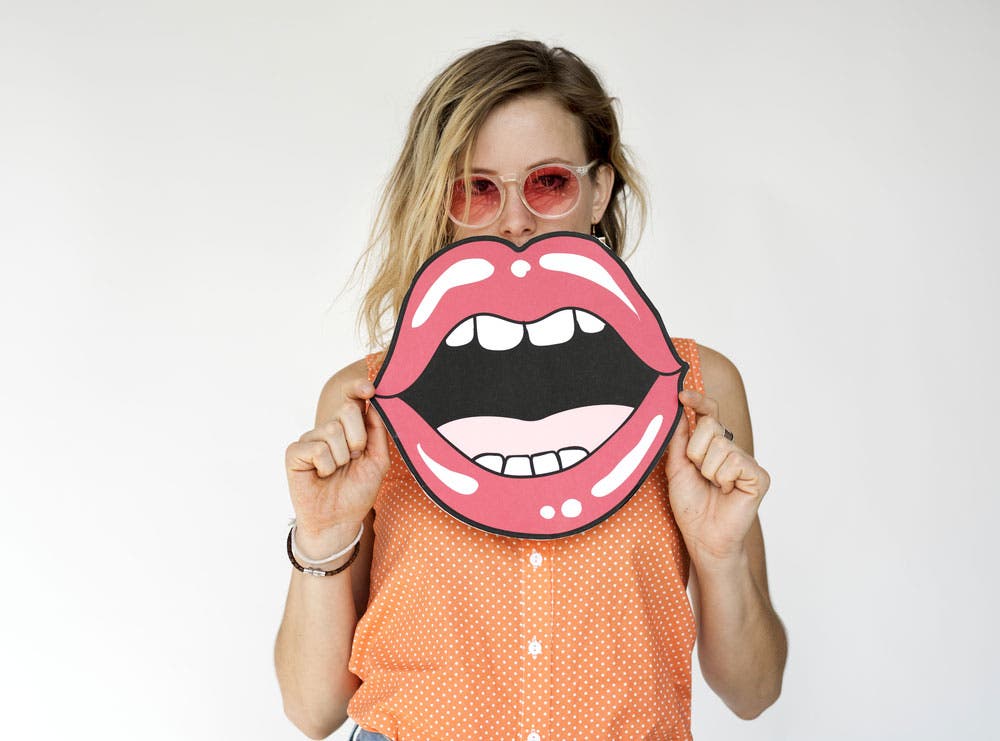
8. Use props
Creative limits are reduced when you’re a resourceful shooter. You’ll be surprised what kind of props even professional photographers use behind the scenes just to achieve their desired output! Car reflectors, Styrofoam boards, and even flashlights are props that are commonly used to bounce and add more light to your subject’s face and eyes. In newborn portrait photography, especially, props are key to achieving a desired shot.
Aside from having accessories and a venue that will complement your model, you may also want to include some props that you can include in your shot. Having props in your images adds interest to your photos and gives the observer more things to look at, even better if the props are connected to your overall theme. However, many professionals actually do the exact opposite and use props that add contrast to the subject. Don’t be afraid to experiment with textures, colors, and even backgrounds. This is where many professional photographers’ signature concepts and styles come from!
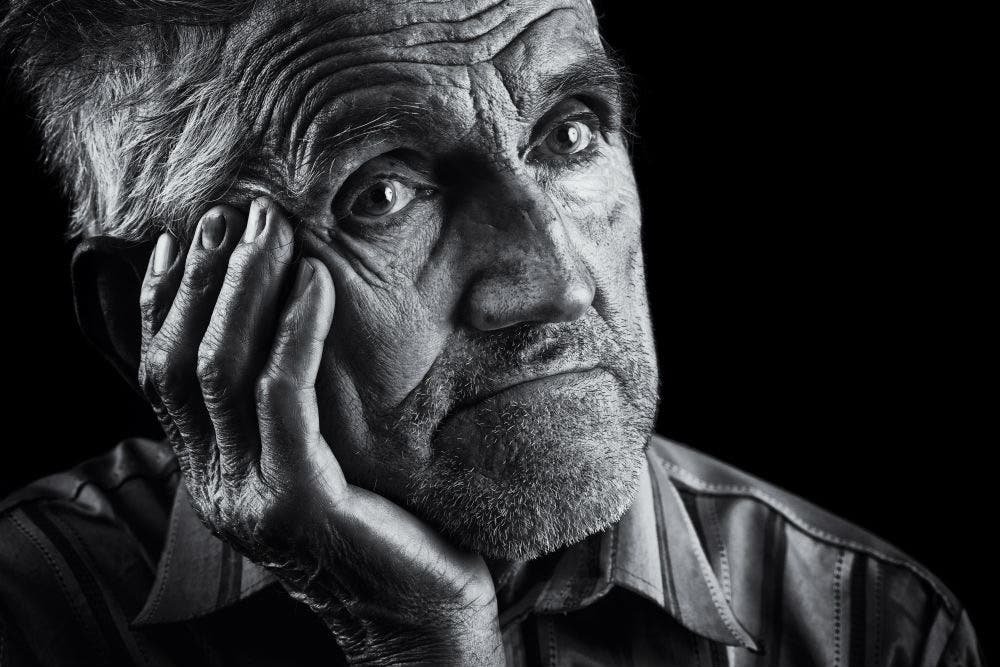
9. Shoot in RAW and B&W
What sets experienced portrait photographers apart from beginners is their ability to produce amazing yet unique photos. Try shooting in monochrome or in black and white to give your photos more drama and highlight different textures within the image.
You can also try shooting in RAW format than in the usual compressed JPEG format. Shooting in RAW format produces “digital negatives” that preserve detail and produce high-resolution photos that are much easier to edit later on—this means you can correct overexposed photos, edit unattractive blowouts, and salvage portraits that you can use for huge prints.
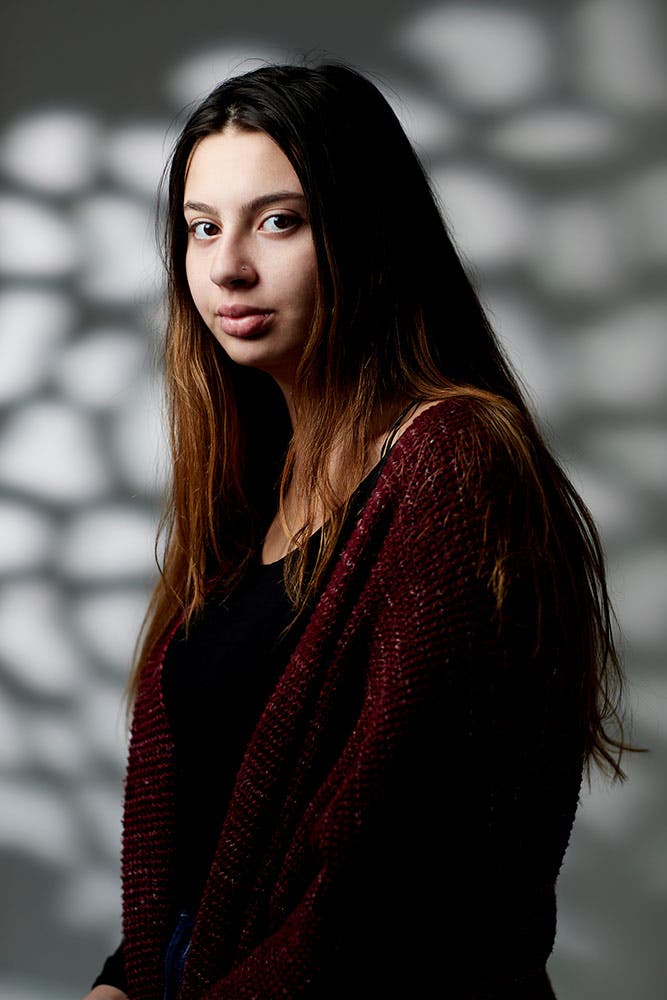
10. Use contrast to draw the viewer in
Our eyes are typically drawn to bright areas in photos, so use your lighting to focus the viewer’s attention where it best tells the story. It can be anywhere in the image, but just make sure that you’re drawing attention to where it fits most.
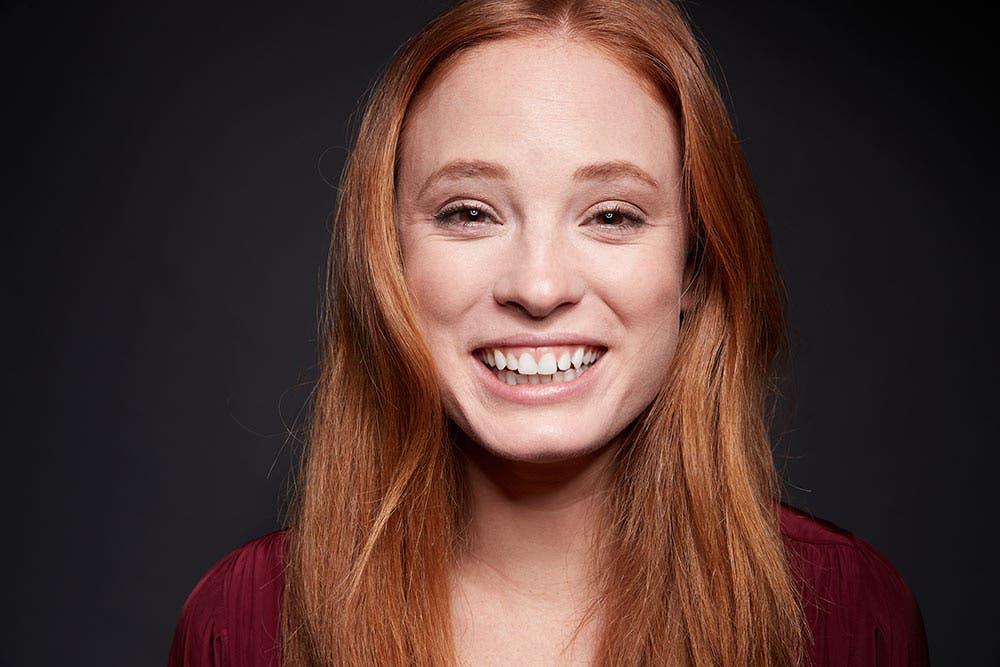
11. Get in close
Dusty old books on portrait photography will say to stand back while making a portrait in an effort to compress the space. But the truth is, getting in close, and literally moving closer toward your subject, will allow you to better connect with the person you’re photographing. And for many portrait photographers, that connection is key.
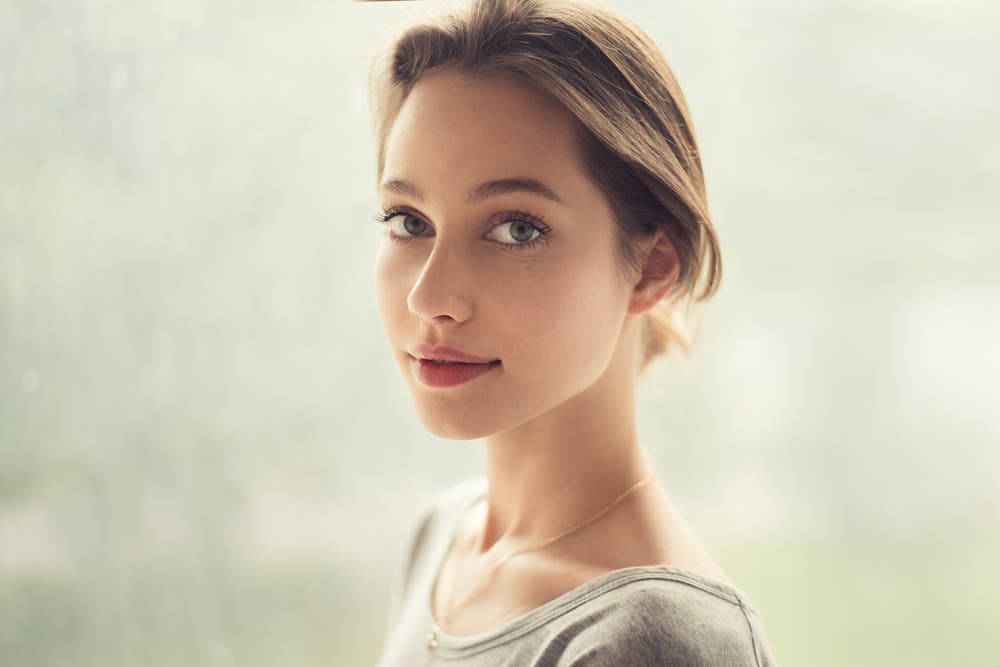
12. K.I.S.S.
Basic photography workshops will teach you one very important thing—Keep It Simple, Stupid. While there are no limits to how many subjects you want in a photo, it’s still best to keep your composition simple if you want to produce a stunning portrait. After all, the main subject in photos is your model and everything else should just complement and support your desired theme. If you’re not able to find an interesting background or prop, there’s no need to fret. All you’ll really need is your camera and your model.
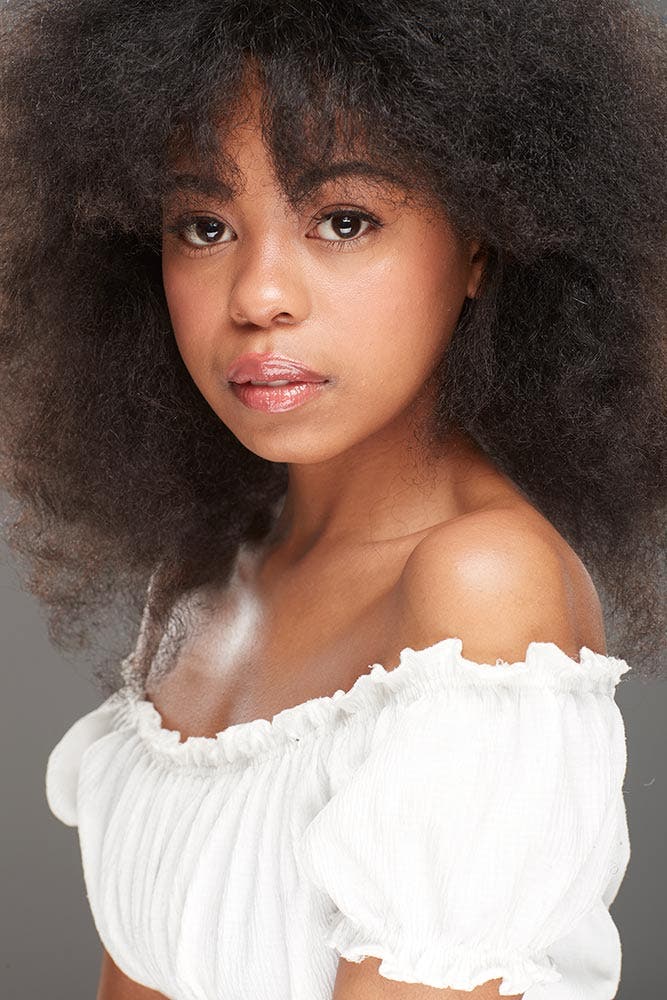
13. Fill in the frame
Unless you are shooting an environmental portrait, make your subject take up as much of the frame as possible, even if this means cropping hair or the top of their head. You want them to be the center and the main focus of the shot.
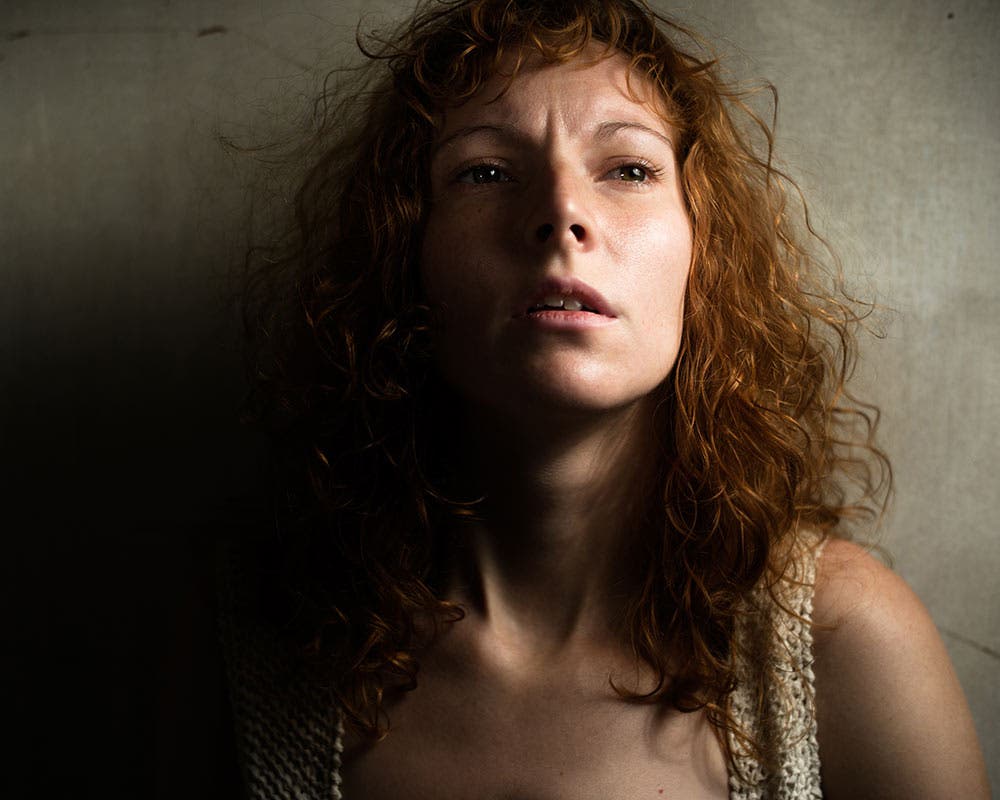
14. Embrace shadows
What we don’t see in an image can be as telling as what we do see. Use shadows to help draw attention to these more subtle moments — it all works to elicit emotion from your viewer.
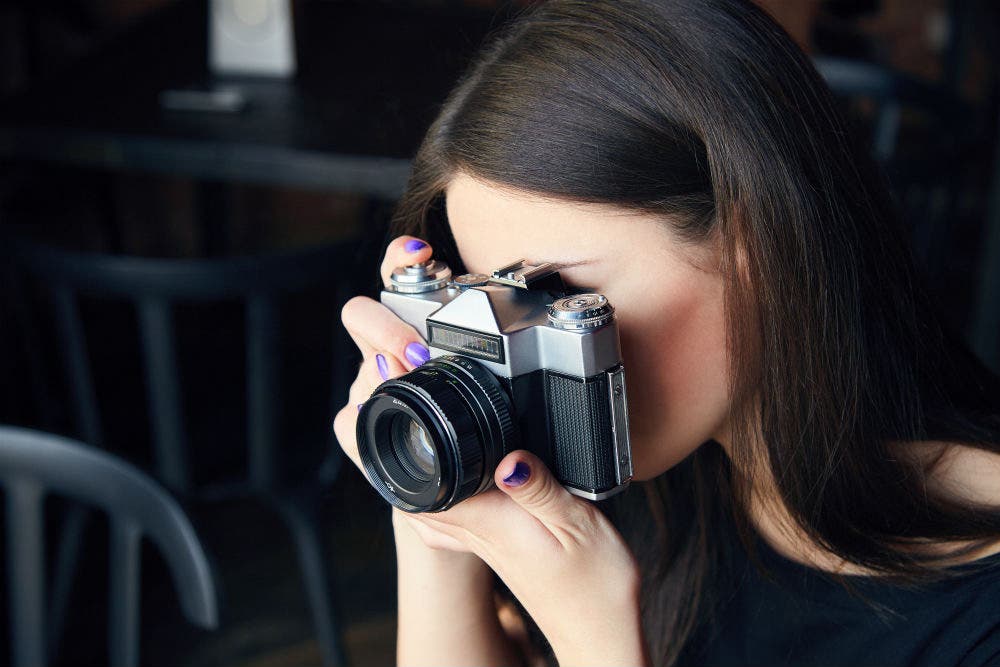
15. Invest in a good camera
Any professional photographer will tell you that every beginner ought to level up and explore their artistic potential. Once you’ve understood the basics of taking good portraits, including the Rule of Thirds and allowing just enough head room, find a good camera brand that offers what you need in terms of camera characteristics and invest in good photography gear. It may seem expensive at first, but you’ll find that the creative opportunities and wide variety of output definitely outweigh the cost—especially if you plan to go professional in the long run.
Portrait Photography: Frequently Asked Questions
What Makes a Good Portrait Photo?
A good portrait photo has an interesting composition that makes the subject stand out. It’s well-balanced and offers enough negative space to flatter the subject and capture the viewer’s attention. A good portrait focuses on the person’s best features and appealingly presents them. And although the composition is usually static, it has a certain dynamism and flow, inviting the viewer to spend more time looking at it.
However, portraits photos aren’t just aesthetically pleasing. They tell a story, offering an insight into the subject’s life. They capture the attitude, personality, and mood of the subject. Portraits convey a message. To do that, the photographer has to develop storytelling abilities, connect with the subject, and make them feel comfortable in front of the camera.
How Do I Start Portrait Photography?
One of the best photography tips for beginners is to start taking pictures in a familiar environment. And if you focus on portrait photography, it is easy to do. Start photographing your family and friends. Show them your photos and ask for feedback.
Another good starting point is to study the work of famous portrait photographers. Each has a unique style, and you can find inspiration and direction in their work. Study their compositions and observe how they frame the subject, what type of lighting they use, and what their portraits convey.
Portrait photography is also about your interpretation of the person in front of the camera. So, decide what you want to say and how you want to say it before pressing the shutter release button.
How to Make Your Portrait Subject Comfortable?
Take time to discuss with your subject and find out how comfortable they are in front of the camera. Check if they have issues with or prefer a particular pose. Also, check if the lighting is disturbing or the environment uncomfortable.
For more relaxing portrait photos, you can try using telephoto lenses to keep the camera a little further away from the subject. You can also allow the subject to move freely, do an action, or look away from the camera.
What are Different Styles of Portrait Photography?
Portrait photography is probably the genre with the most different styles. From commercial studio portraits to fine art portraiture, everything is allowed. As long as the main subject is a person, you may find your own visual language.
You’ll find classic black and white portraits, glamorous fashion ones, and corporate headshots. You’ll find documentary and photojournalism portraiture that focuses on social issues. Then, there are newborn and maternity pictures, timeless and full of emotions. The genre also includes self-portraits and group portraits, unconventional anti-portraits, and candid photographs. Some photographers create surreal portraits; others prefer the realistic approach. Creativity is the only limit.
